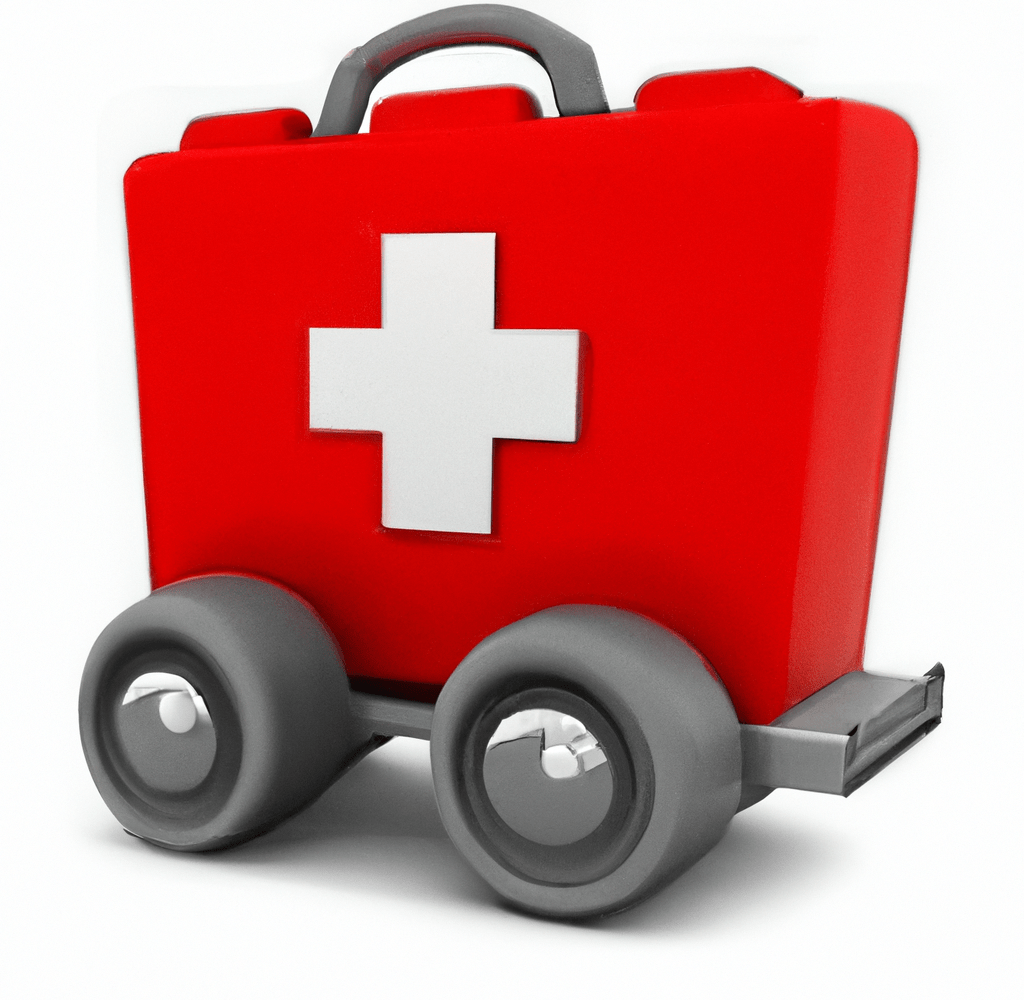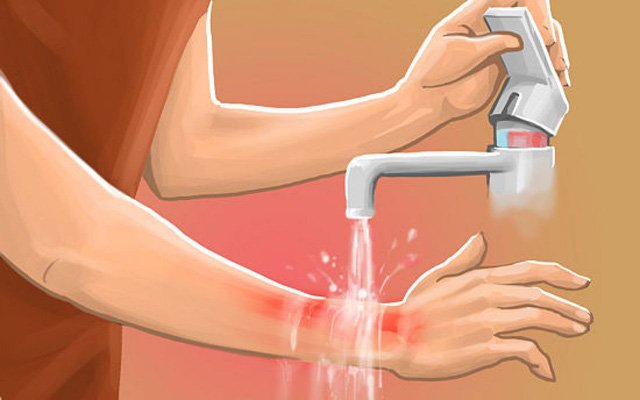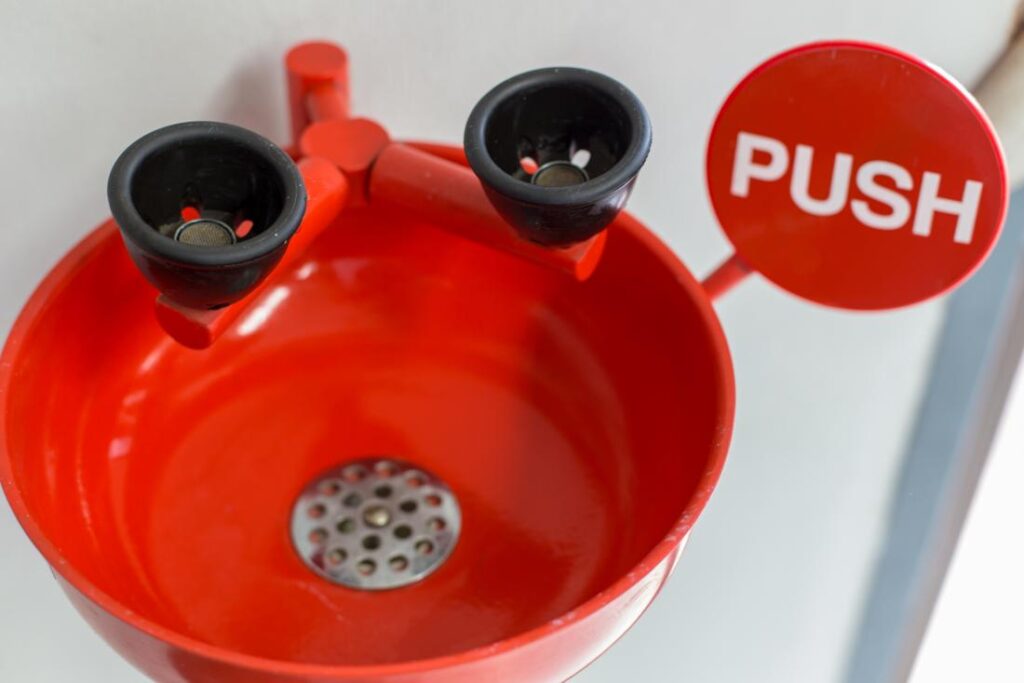Introduction
Chemical laboratories are highly specialized environments where hazardous materials are handled on a regular basis. As such, it is essential that personnel working in these labs understand the importance of having proper first aid procedures in place in the event of an emergency. This article will discuss the importance of first aid in a chemical laboratory, outline the most common emergency situations, and provide an overview of the appropriate first aid techniques for each.

Safety Practices
The first step in preparing for any emergency in a chemical laboratory is to ensure that all safety practices and procedures are strictly followed at all times. This includes wearing the appropriate Personal Protective Equipment (PPE) as well as ensuring that all containers and equipment are properly labeled and stored. In addition, personnel should be familiar with the location of all safety equipment, such as fire extinguishers, eye wash stations and safety showers.

Emergency Response Plan
The next step is to develop and practice an emergency response plan. This plan should include an evacuation procedure as well as a plan for handling any chemicals or materials that might be spilled or released. It should also include a list of personnel and contact information in case of emergency. Finally, the plan should include specific steps for responding to each type of emergency, such as fire, chemical spill, or medical emergency.
First Aid Training
One of the most important elements of a successful emergency response plan is proper first aid training for all personnel. This training should cover the potential risks of chemical exposure and the proper handling of hazardous materials. It should also include instruction on how to recognize signs of medical emergencies and the appropriate response, including the use of an automated external defibrillator (AED) if necessary. Finally, the training should include guidance on how to administer basic first aid, such as CPR, to any injured personnel.
Equipment and Supplies
In addition to training, it is essential to have the proper equipment and supplies readily available in the laboratory in case of emergency. This should include a first aid kit, eye wash stations, fire extinguishers, and any other safety equipment necessary for the particular type of chemicals being handled in the laboratory. Additionally, personnel should be familiar with the location and proper use of all safety equipment and supplies.
Common Emergency Situations in a Chemical Laboratory
Chemical spills and splashes: Chemical spills and splashes can occur in a laboratory due to a broken container, an accidental mixing of incompatible chemicals, or an accident involving hot glassware. When faced with a chemical spill or splash, the first priority is to prevent anyone from coming into contact with the chemical. If the chemical is a corrosive or hazardous material, it is important to immediately contact emergency services and evacuate the area. Once the area is secure, the lab personnel should assess the situation and provide appropriate first aid.
Burns: Burns can occur in a laboratory due to contact with hot objects, contact with corrosive or caustic chemicals, or exposure to highly concentrated acids or bases. For minor burns, the affected area should be rinsed with water and a cold compress should be applied to reduce swelling. For more serious burns, medical attention should be sought immediately.

Inhalation of hazardous gases: Inhalation of hazardous gases can occur in a laboratory due to an accidental release of a harmful chemical or due to an experiment gone wrong. If the affected person is conscious, they should be moved to a safe area away from the source of the gas and immediately begin to receive oxygen. If the person is unconscious, medical attention should be sought immediately.
Eye injuries: Eye injuries can occur in a laboratory due to contact with hazardous substances, splashing of hazardous materials, or accidental contact with sharp objects. If the eye injury is minor, the affected person should be taken to a safe area and their eye should immediately be flushed with water for 20 minutes. If the eye injury is more serious, medical attention should be sought immediately.
First Aid Techniques
Chemical spills and splashes: The affected area should be rinsed with large amounts of water for at least 15 minutes and the affected person should be taken to a safe area. If the chemical is a hazardous material, medical attention should be sought immediately.
Burns: The affected area should be rinsed with water and a cold compress should be applied to reduce swelling. For more serious burns, medical attention should be sought immediately.
Inhalation of hazardous gases: The affected person should be moved to a safe area away from the source of the gas and immediately begin to receive oxygen. If the person is unconscious, medical attention should be sought immediately.
Eye injuries: The affected person should be taken to a safe area and their eye should immediately be flushed with water for 20 minutes. If the eye injury is more serious, medical attention should be sought immediately.

Conclusion
First aid is a critical component of safety in a chemical laboratory. Being prepared in the event of an emergency is essential to ensuring the safety of all personnel in the laboratory. By understanding the most common emergency situations, the appropriate first aid techniques, and the importance of seeking medical attention when necessary, laboratory personnel can be better prepared to handle any emergency situation.
